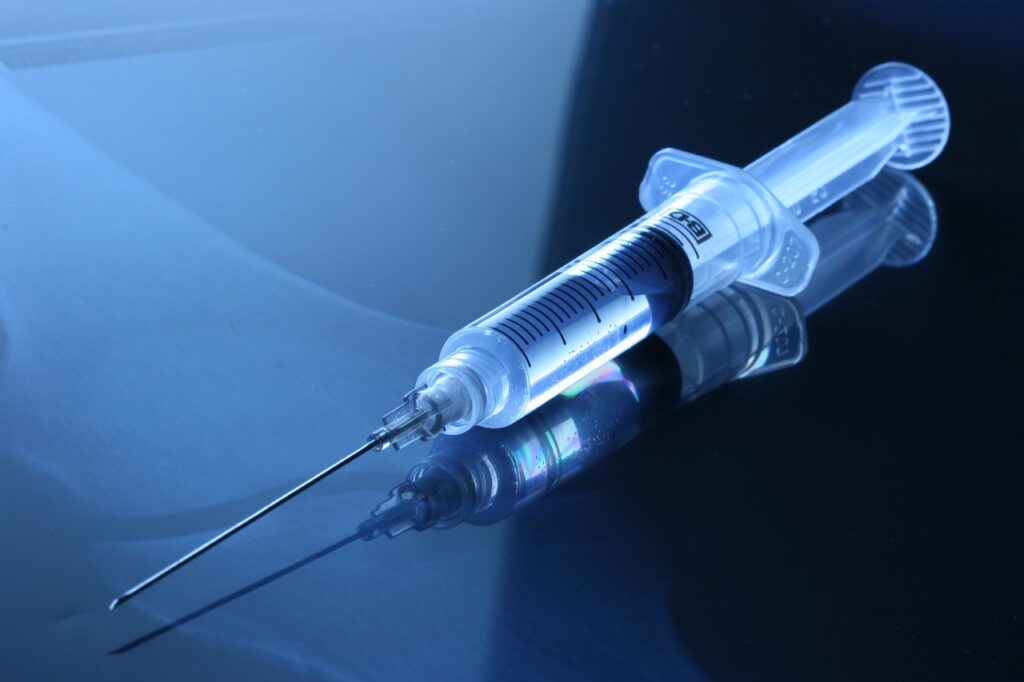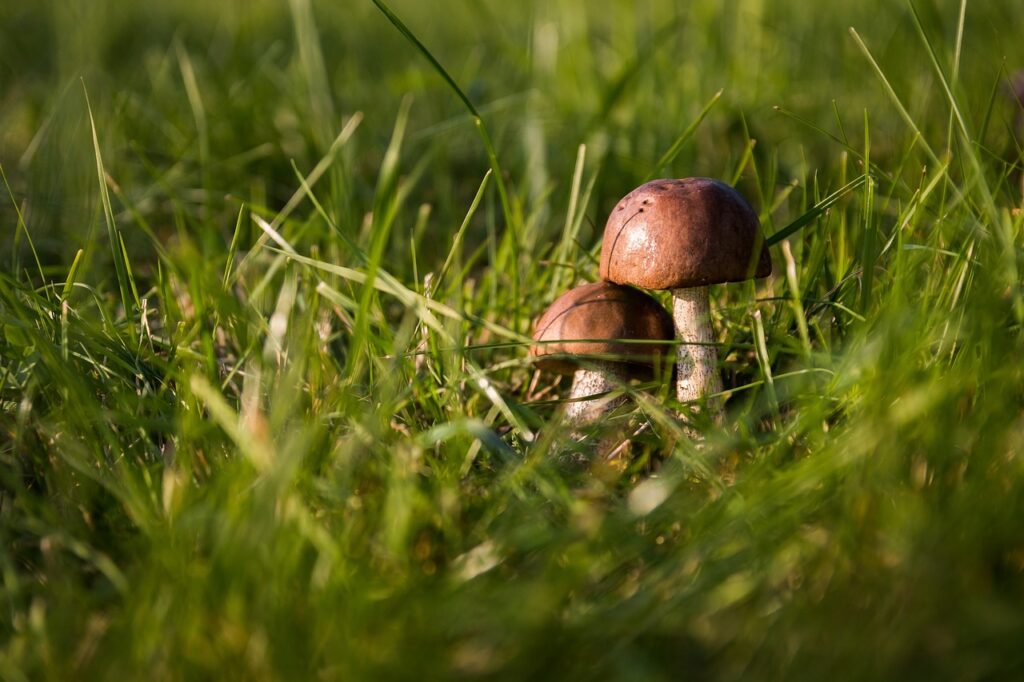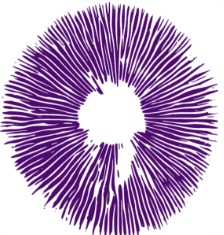When embarking on a mushroom cultivation journey, one of the critical decisions growers face is how to obtain and use mushroom spores. Two common methods for acquiring spores are spore prints and spore syringes, each with its unique advantages and disadvantages. Understanding the pros and cons of each method is essential for growers to make informed decisions based on their specific needs and preferences.
Spore Prints:
Spore prints are a traditional method of obtaining mushroom spores, dating back centuries in the history of mycology. This technique involves allowing mature mushrooms to release their spores onto a clean surface, such as a piece of paper or foil. As the mushrooms sporulate, they deposit their spores in a distinctive pattern determined by factors like spore color and arrangement.
Spore Prints:
Spore prints are a traditional method of obtaining mushroom spores, dating back centuries in the history of mycology. This technique involves allowing mature mushrooms to release their spores onto a clean surface, such as a piece of paper or foil. As the mushrooms sporulate, they deposit their spores in a distinctive pattern determined by factors like spore color and arrangement.
Pros of Spore Prints:
- Accessibility: Spore printing is accessible to most growers, requiring minimal equipment and expertise. With basic materials like paper and a mushroom cap, anyone can create spore prints at home.
- Spore Identification: Spore prints provide valuable information about the color and arrangement of mushroom spores, aiding in species identification and taxonomy. By examining the spore print, growers can gain insights into the mushroom’s genetic lineage and related species.
- Storage: Spore prints can be stored for extended periods, making them a convenient option for long-term preservation. Properly sealed and stored spore prints can remain viable for years, allowing growers to maintain a diverse collection of spore specimens.

Cons of Spore Prints:
- Contamination Risk: Spore printing carries a higher risk of contamination compared to other methods, as the spores are exposed to the surrounding environment during the printing process. Contaminants such as mold or bacteria can interfere with spore viability and lead to failed cultivation attempts.
- Quantification Difficulty: It can be challenging to quantify the spore concentration in a spore print accurately. Unlike spore syringes, which provide a known volume of spore suspension, spore prints vary in density and may contain uneven distributions of spores.

Spore Syringes:
Spore syringes are a modern and convenient method for obtaining and storing mushroom spores. In this technique, spores are collected from mature mushrooms and suspended in a sterile liquid, typically distilled water or a nutrient solution. The resulting spore suspension is then drawn into a syringe for easy dispensing and inoculation onto substrate materials.
Pros of Spore Syringes:
- Sterility: Spore syringes offer a higher level of sterility compared to spore prints, as the spores are suspended in a sterile liquid and sealed in airtight containers. This reduces the risk of contamination during inoculation and improves the success rate of cultivation projects.
- Precision Inoculation: Spore syringes allow for precise and controlled application of spores onto substrate materials. Growers can dispense a known volume of spore suspension, ensuring uniform colonization and consistent mushroom growth.
- Long-Term Storage: Spore syringes can be stored for extended periods without significant loss of viability, making them ideal for long-term cultivation projects. Properly prepared and sealed syringes can remain viable for years, providing growers with a reliable source of spores over time.
- Equipment Requirement: Producing spore syringes requires specialized equipment and materials, including sterile syringes, distilled water, and pressure cookers for sterilization. This initial investment may deter some growers, particularly beginners or hobbyists.
- Contamination Risk During Preparation: Despite efforts to maintain sterility, spore syringes are susceptible to contamination during preparation. Improper handling or storage can introduce contaminants into the spore suspension, leading to failed inoculation attempts.
Conclusion:
In conclusion, both spore prints and spore syringes offer viable methods for obtaining mushroom spores and initiating cultivation projects. Growers should consider the pros and cons of each method carefully and choose the option that best aligns with their goals, resources, and level of expertise. Whether opting for the simplicity of spore prints or the precision of spore syringes, growers can embark on their mushroom cultivation journey with confidence and enthusiasm.

